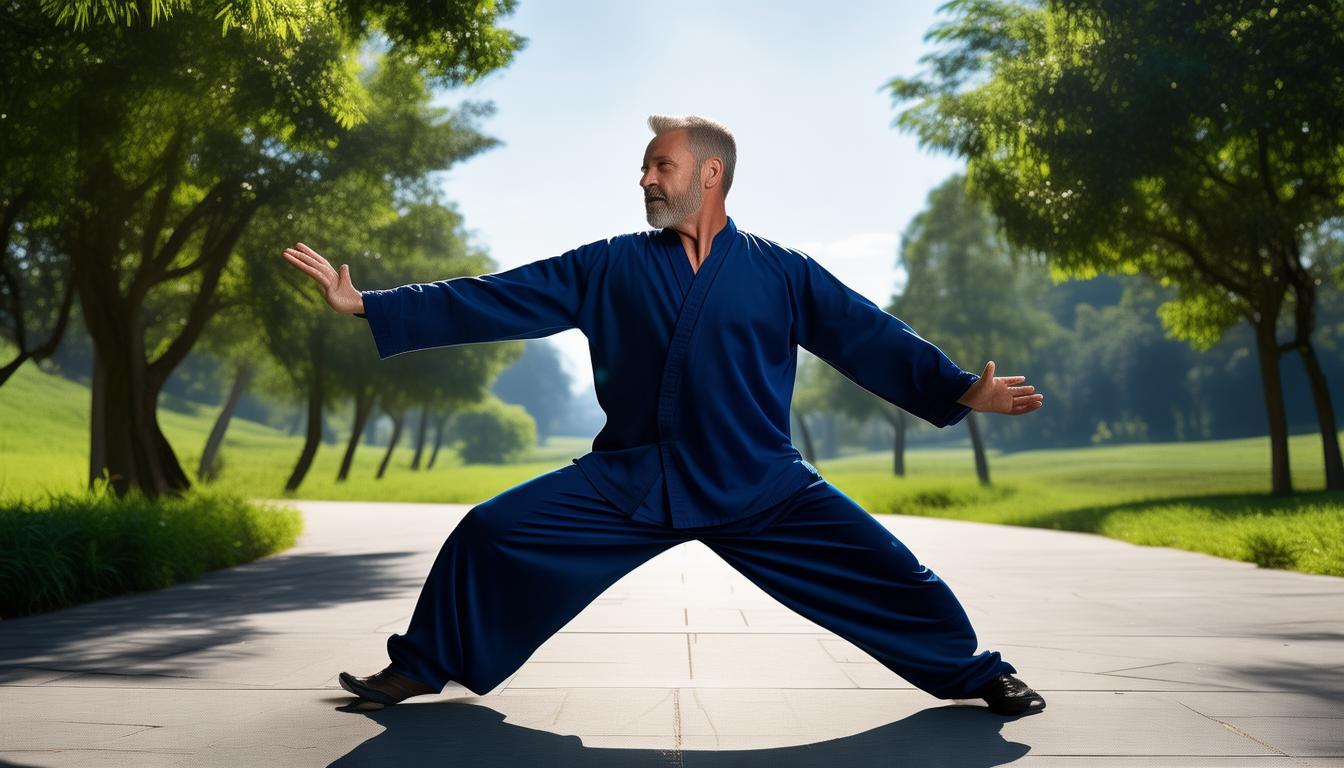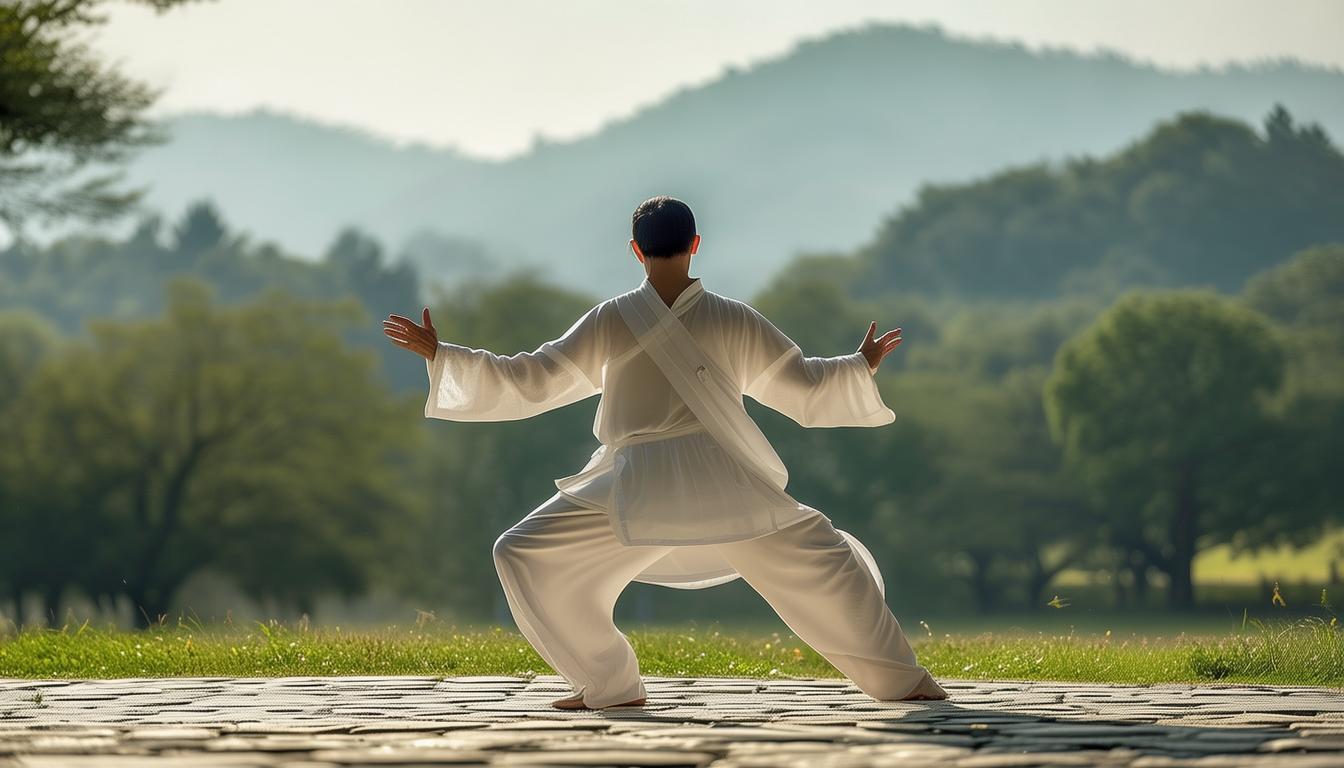Tai Chi is not only an activity to strengthen the body, but also a valuable cultural heritage in our country. It incorporates rich philosophical ideas such as yin and yang, virtual and real, and movement and stillness. Through exercises with soothing rhythm and coordination of movements, people can achieve physical and mental balance. Below, I will explain it to you one by one from several different aspects.
History origin
Tai Chi originated in the late Ming Dynasty and early Qing Dynasty tai qi chuan Tai Chi Classes Online , and it is generally believed that its founder should be Chen Wangting. After hundreds of years of inheritance and changes, Tai Chi has derived many schools such as the Chen family, Yang family, Wu family, Wu family, and Sun family. These schools each have their own unique styles and characteristics. Despite this, they all adhere to the basic concepts of balance between yin and yang, and the combination of hardness and softness. From the initial niche martial arts to a popular sport around the world, the charm of Tai Chi is obvious.
Fitness effects

The benefits of Tai Chi to the human body are obvious. It helps to enhance cardiopulmonary function and can significantly improve the body's flexibility, coordination and balance. Especially for the middle-aged and elderly people, practicing Tai Chi for persistent practice can effectively avoid the occurrence of chronic diseases such as cardiovascular diseases and arthritis. Psychologically, practicing Tai Chi requires people to concentrate on every move and abandon distracting thoughts. Such exercises can help reduce stress and anxiety, make people feel calm and focus more.
Action Features
The movement is soft and slow, and each move appears coherent and smooth, revealing a kind of elegance and freedom. During the practice, it is particularly emphasized that "the mind understands the spirit and the spirit is vivid", and cleverly combines thoughts, breathing and movements. Taking "cloud hand" as an example, this traditional movement is like the relaxation of clouds, the circular movements of the hands and the movement of the steps complement each other, making it look both natural and harmonious.
Cultural connotation

In the field of Tai Chi, the unique charm of our traditional culture is everywhere. It combines Taoism's "compliance with nature" idea, Confucianism's "moderate balance" concept, and traditional Chinese medicine's "qi and blood flow" theory. Every move and every move allows us to feel the Chinese philosophy of life and outlook on life, and understand the philosophical concept of the mutual generation of yin and yang and the transformation of virtual and reality. In other words, Tai Chi is a vivid reflection of the profound connotation of traditional culture.
Inheriting the status quo
Tai Chi has now become a popular trend in the global fitness industry and is widely popular. In our country, people who practice Tai Chi can be seen in lively cities or quiet villages. But we should also see that there are not many enthusiasts who truly deeply understand the core of Tai Chi culture, and the road to inheritance and development is still long and full of challenges.
Which Tai Chi sect do you have a special liking for? You might as well share your preferences in the comment section. If you think this article is of high quality, please don’t forget to like and share it with others.



